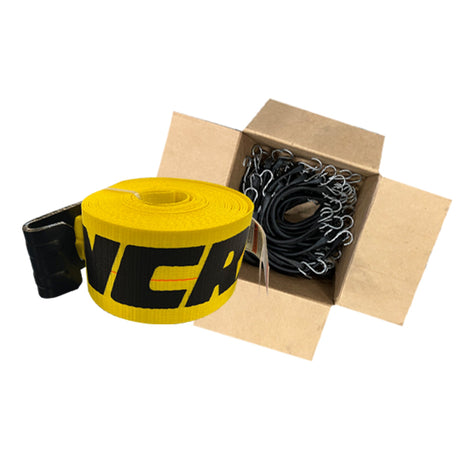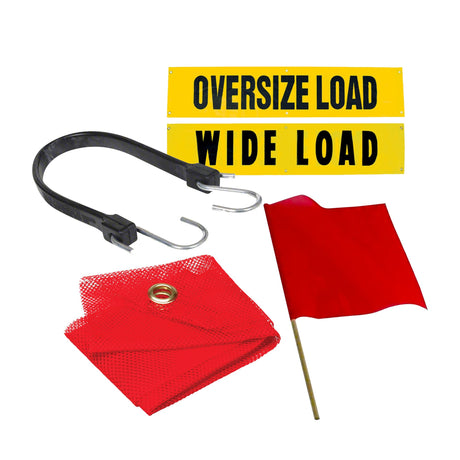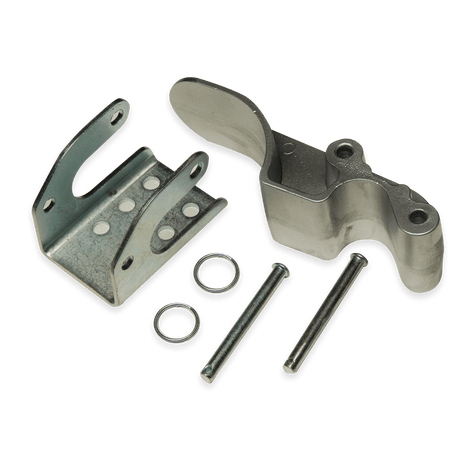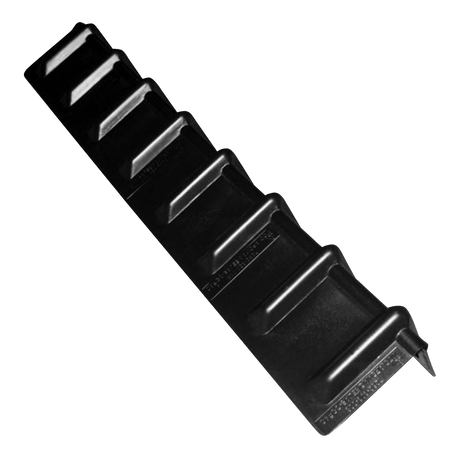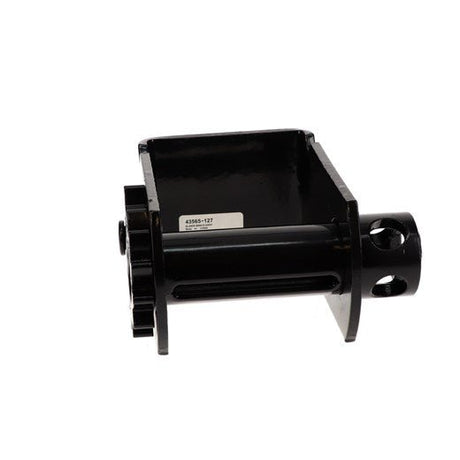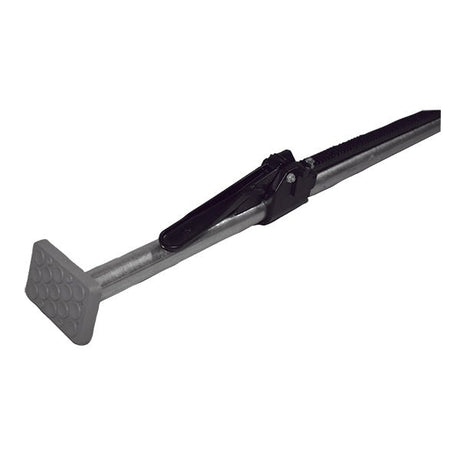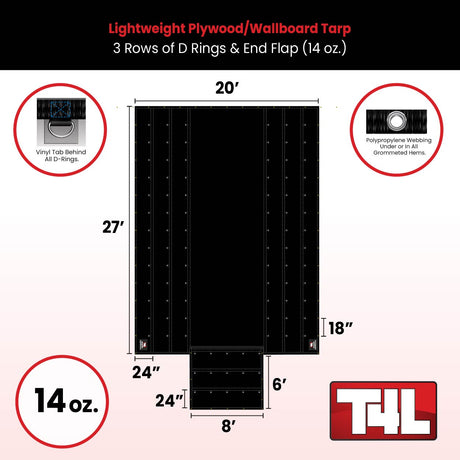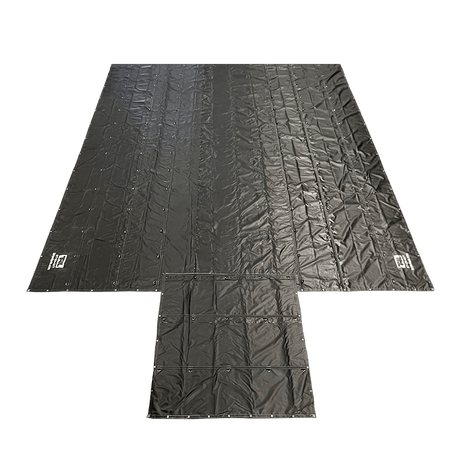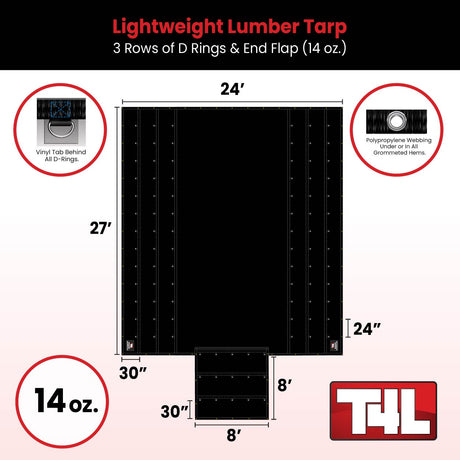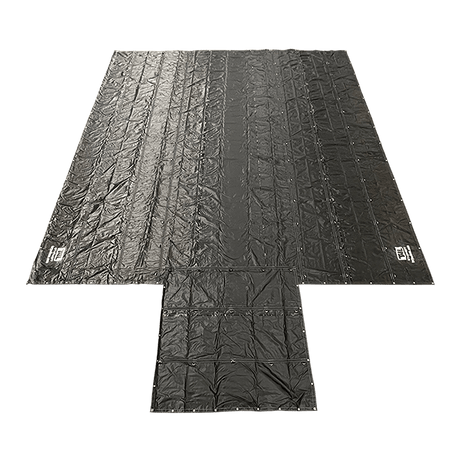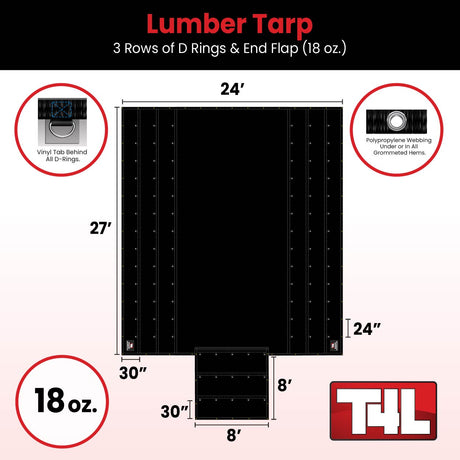Even if you purchase high-quality tarps and accessories from reputable sellers, you still need to take time and inspect them—especially after trips. Proper maintenance is required to ensure the durability and longevity of your truck tarps. You must also inspect and maintain the accessories. As you inspect the tarp for damage, look at the condition of the winch straps to check for wear and tear and clean them as necessary. Here are some tips to maintain and inspect truck straps and accessories:
- Check with the WSTDA – Take time to read the Web Sling and Tie Down Association’s publication called ‘Recommended Standard Specification for Synthetic Web Tie Downs,’ which is the standard for maintaining tie downs. It will help you determine if you need to replace your ratchet straps or tarp straps.
-
Know what signs to look for – Be on the lookout for tears, knots, and holes, all of which are indicators of wear. Examine straps for broken stitching in the patterns, UV damage (i.e. stiff webbing and faded colors), and signs of weld splatter, charring or melting. Be sure to look for unusual wear patterns on the webbing, especially at the point where it meets the fitting.
Inspect the straps for burns. These can be caused by chemicals like alkali or acid. Corrosion, pits, and cracks on fittings like ratchets, hooks and cam buckles should also be noted, as well as small particles that may have been embedded or stuck in the webbing. - Keep a record of findings – Consider taking notes of your inspections and keep them for future reference, even if you do not find anything wrong. It’s also a good idea to take photos. Ideally, you should conduct inspections periodically based on the straps’ frequency of use and the conditions that the straps are often subjected to.
- Clean them – You can extend the lifespan of rubber tarp straps and ratchet straps by cleaning them properly. Use mild detergent mixed with warm water, and loosen any debris or dirt with a high-quality scrub brush. Avoid cleaners that contain acids or bleach. Straps are typically made of polyester, which limits water absorption, but it is still advisable to hang them out to dry naturally.
